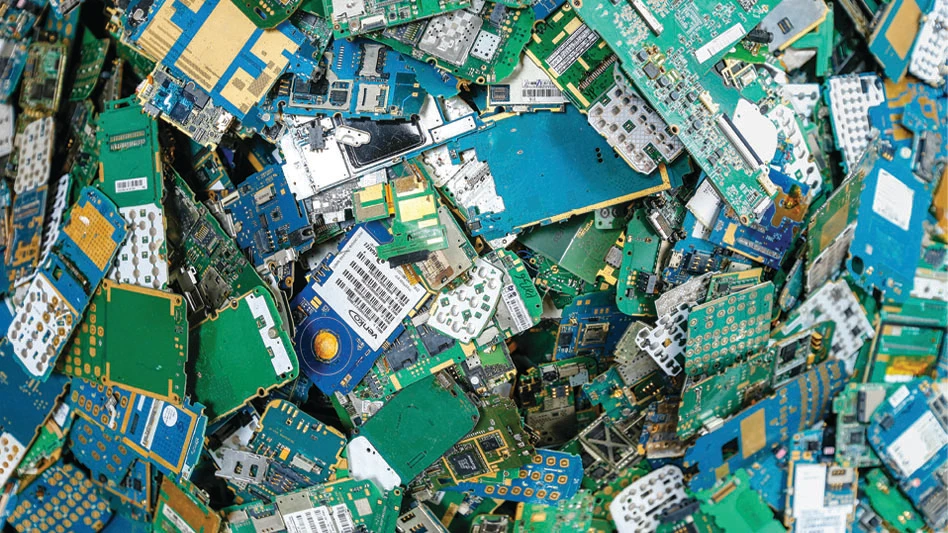Officials in Rutherford County, Tennessee, who rely on a privately owned landfill for municipal solid waste (MSW) disposal, say they are considering waste-to-energy (WTE) alternatives as that landfill draws closer to reaching its capacity.
An online article by the Murfreesboro Post quotes Middle Point, Tennessee, Deputy Mayor Jeff Davidson as saying he gained insight into several WTE methods after attending the Renewable Energy from Waste (REW) Conference in Orlando, Florida, in November 2015.
Davidson and other officials from both Middle Point and nearby Murfreesboro tell the Post that a WTE alternative could “cost a million [or] a hundred million dollars." They add that making the right decision is “critical to the future of our county.
The landfill that the two cities and the rest of Rutherford County has been using is owned by Republic Services and its “life expectancy is estimated at anywhere from eight to 15 years,” according to the mayor of Middle Point.
The landfill accepted MSW from 19 different Tennessee counties in 2014, with more than one-quarter of its total volume coming from Rutherford County, according to the Post.
Davidson tells the Post that forming a committee of representatives from the county and the cities within is a likely first step in considering WTE alternatives, followed by hiring a private consultant with experience and expertise in the WTE sector.
A WTE facility, while an investment, also may be able to collect fees that can go toward the county treasury, as does the Middle Point Landfill. According to the Post, the landfill brings in about $1 million in tipping fees to Rutherford County annually.
Deputy Mayor Davidson said the recycling and WTE facility operated by Palm Beach County, Florida, could serve as a model for Rutherford County, though that project cost a reported $670 million to build.
However, the Palm Beach facility provides energy to run several commercial and office buildings and “was expected to provide enough power for 55,000 homes in the area, selling the electricity to the Florida Power & Light Co.,” according to the Post.
Latest from Recycling Today
- Haber raises $44M to expand to North America
- Canada Plastics Pact releases 2023-24 Impact Report
- Reconomy brands receive platinum ratings from EcoVadis
- Sortera Technologies ‘owning and operating’ aluminum sorting solutions
- IDTechEx sees electric-powered construction equipment growth
- Global steel output recedes in November
- Fitch Ratings sees reasons for steel optimism in 2025
- P+PB adds new board members





